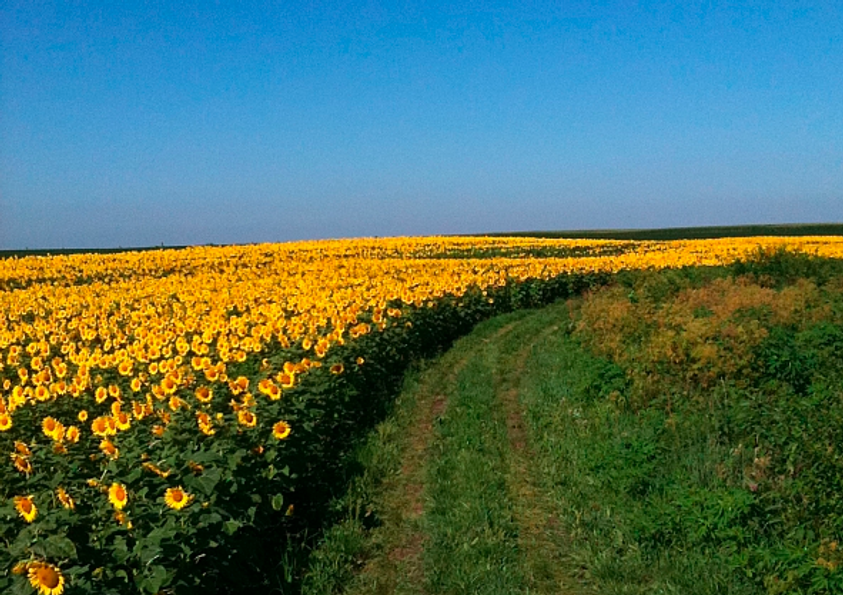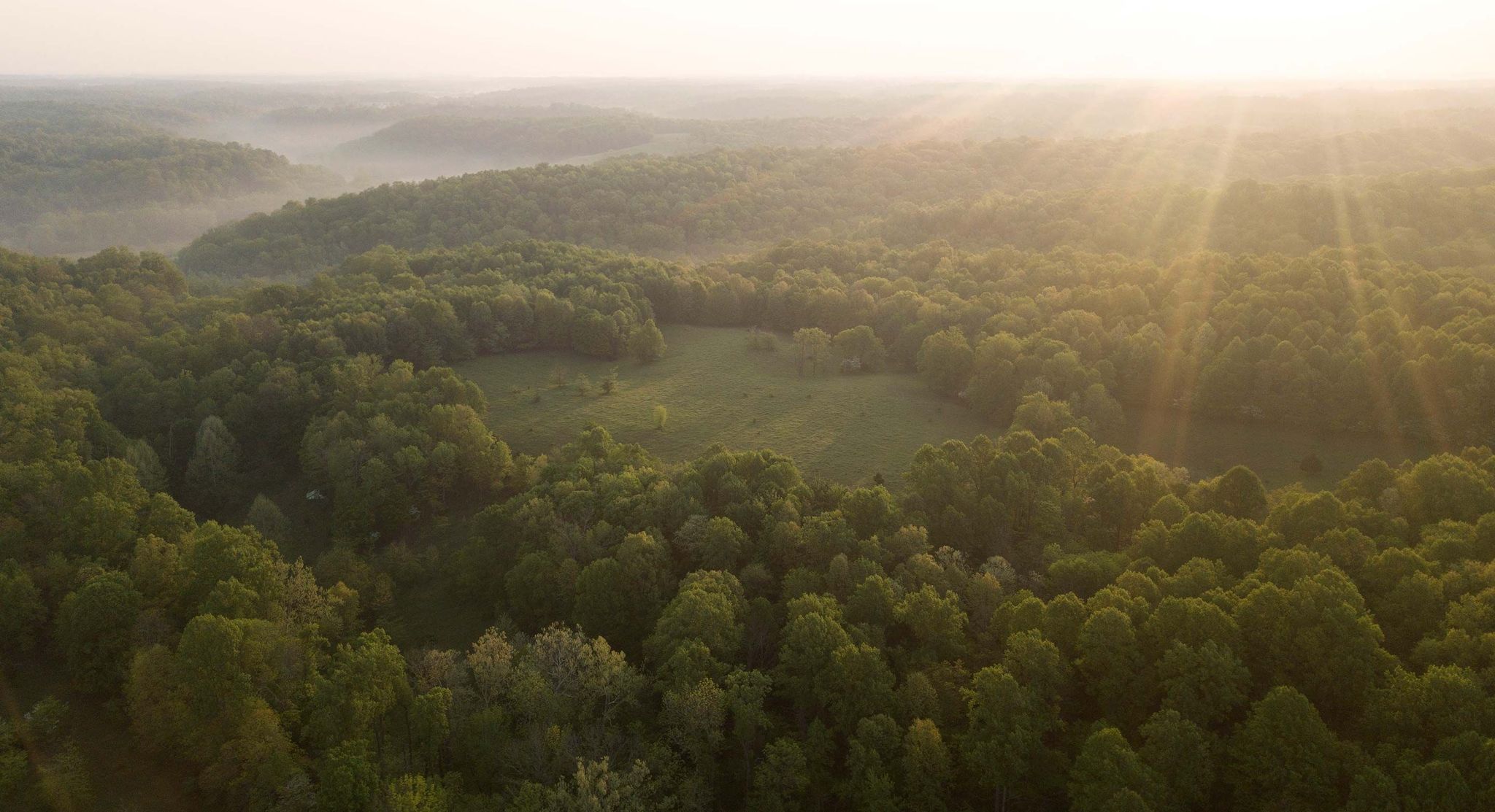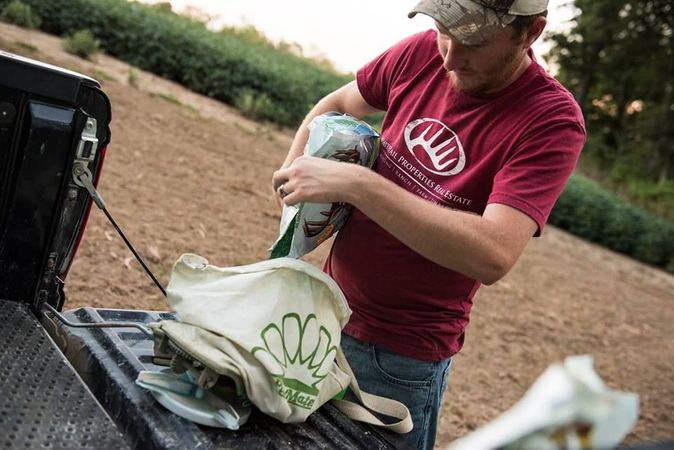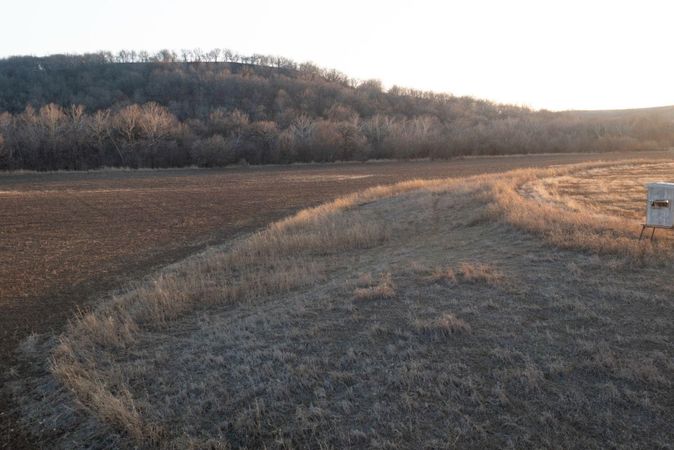It’s that time of year to start planning what to plant for wildlife in 2018. We’re looking back to see what has historically worked well, in both growth and whitetail attraction, and thinking about the vegetation we’d like to try.
Red Clover
Red clover is what you’d call a cover crop for its ability to fill in other grasses. It is extremely winter hardy, resistant to weeds, protects soil from erosion, and important to note, is a favorite food source for deer, turkey and other wild animals. If you’re in the hay business, mixing red clover with fescue or wheat will increase your number of bales by a large margin.
Seed Rate: 10-12 lbs per acre in pure stand. 6-8 lbs per acre if mixed with another grass.
Seed Depth: ¼ inch
Planting Time: mid-March in the South. April in the middle of the country. May in the North.
pH: 6.0-7.2
Maturity: 60-70 days
Buckwheat
Buckwheat is an inexpensive, warm-season annual and one of the easiest crops to plant, making it perfect for first-time planters. While it’s short-lived, it is one of the best sources of high quality protein in the plant kingdom. It also improves soil conditions by building the organic content in the dirt. Disc buckwheat at maturity and you will create a rich, nutritious soil prime for planting fall annuals that will last into hunting season.
Seed Rate: 50 lbs per acre in untilled, minimally tilled and tilled fields.
Seed Depth: 1-1 ½ inches
Planting Time: one month after final frost or late spring to late summer.
pH: 6.0-7.0
Maturity: 40 days
Iron Clay Peas
Let’s say you’re going to plant iron clay peas in one field, a phenomenal source of protein for deer throughout the spring, summer and fall. In this same field you’re also going to plant corn, which will provide a great food source and cover. Compared to other legumes, iron clay peas hold up well under grazing pressure as long as the plot is not too small. That said, they mix well with other crops such as corn as their vines grow up and around the stalk, thus giving you two food sources for wildlife rather than just the usual one.
Iron clay peas are relatively inexpensive, easy to establish and manage, grow well under just about any condition, including drought; produce a tremendous amount of protein-packed and digestible forage and most importantly, deer, turkey, rabbits, quail and dove are extremely attracted to them. Although easily misidentified as a pea, iron clay peas are actually a bean. They’re believed believed to have originated in Africa and their introduction to the United States occurred during early colonial times when the resilient bean became a staple crop in the southeast. Iron clay peas have the ability to produce their own nitrogen in root modules, which makes them an excellent choice as a “soil-building” summer crop. Plant anytime between March and June or even early fall. Just be sure that soil temperatures should remain above 60 degrees Fahrenheit to ensure the best germination and emergence. Despite their resilience in virtually any soil, they still require the pH to be greater than 6.0.
Seed Rate: 40-50 lbs per acre if drilled. 70-80 lbs per acre if broadcast.
Seed Depth: 1/2 inch
Planting Time: mid-April in the South. May or early June in the North.
pH: 6.0+
Maturity: 90-100 Days
Inoculant: EL Type Inoculant, which is recommended not only for iron clay peas but also for Alyce clover, American joint vetch, lablab, lespedeza and a few others.
Corn
Not only does corn provide a fantastic food source for whitetail deer, it also serves as great cover. Deer feel more secure moving from the woods into a corn field than they do any other food plot. Paired with the aforementioned iron clay peas, you can bet the whitetails will be spending a lot of time on your property. Corn is extremely high in fat and carbs despite a low protein level and is one of the most important food sources for deer in the North and upper Midwest where brutal winter temperatures are prone to dip below zero.
Corn flourishes when planted in well-drained, loamy soils with a pH between 6.0 and 7.0. Sufficient rainfall is required as it will not tolerate drought. Controlling weeds is an important factor, and both pre- and post-emergent treatments are likely will likely be necessary to help establish a healthy crop. You may consider Roundup Ready® corn, which is a genetically modified seed that is immune to the herbicide glyphosate, the active ingredient in Roundup.
If you can afford to plant corn in a larger plot, one acre or more, it will be to your benefit. You’ll want the soil temperature to be at least 60 degrees Fahrenheit before planting for optimal germination. Corn can be planted by using conventional tillage in rows or broadcast planted in a prepared seedbed. We recommend using a planter or even no-tilling the seed. Regardless, culti-pack after planting to give it the contact with the soil that it needs to sprout. Lastly, since corn requires a lot of nitrogen, be prepared to fertilize directly after planting on the recommendation of a soil test. A “top dressing” of nitrogen could also be required mid-growth.
Seed Rate: 5-10 lbs per acre if drilled. 10-15 lbs per acre if broadcast. We recommend the former.
Seed Depth: 1 inch
Planting Time: mid-March in the South. April in the middle of the country. May in the North.
pH: 6.0-7.0
Maturity: 60-100 days
LabLab
Along with soybeans and iron clay peas, lablab is one of the whitetail’s favorite forage legumes. It, too, originated in Africa and has acclimated nicely the United States, especially in ecosystems where dry soil is prevalent. This is important for land managers in the South where summer tends to be long, hot and dry. It is tolerant of low fertility and soil acidity, although the soil should contain adequate levels of lime and fertilizer to ensure plants achieve optimal nutritional qualities. Like iron clay peas, lablab holds up pretty well to grazing pressure, yet it persists longer, thus holding deer in the area for a greater amount of time. Depending on local deer density and habitat quality, an ideal plots size is a minimum of one to two acres.
Seed Rate: 15 lbs per acre if drilled. 25 lbs per acre if broadcast.
Seed Depth: 1 inch
Planting Time: mid-April in the South. May or early June in the North.
pH: 6.0+
Maturity: 90-100 days
Inoculant: Most are pre-inoculated, but use EL Type Inoculant if not.
Sunflowers
Sunflowers are nice to look at. The yellow flower is a pleasant addition to the green and blue backdrops of summer, the best time for them to grow. In fact, they prefer hot summers, needing some six to eight hours of sunlight per day.
But their sheer attractiveness is not the only reason you should grow sunflowers. Like corn, they provide an excellent “ladder structure” for legumes to climb and help increase production. Sunflowers grow best in loose, well-draining soil with a pH somewhere between 6.0 to 7.5.

Seed Rate: 3-5 lbs per acre if drilled. We don’t recommend broadcasting.
Seed Depth: 1 inch
Planting Time: mid-April in the South. Late May or early June in the North.
pH: 6.0-7.5
Maturity: 100-120 days







